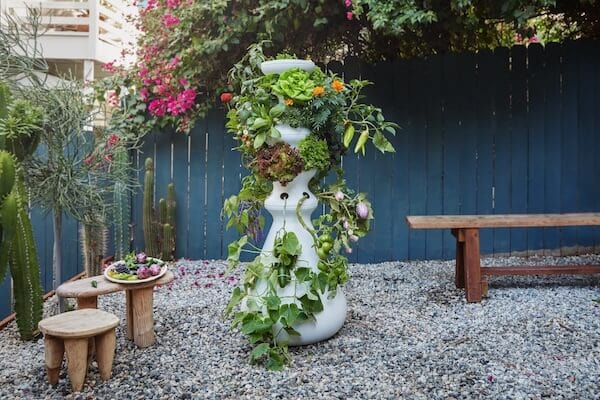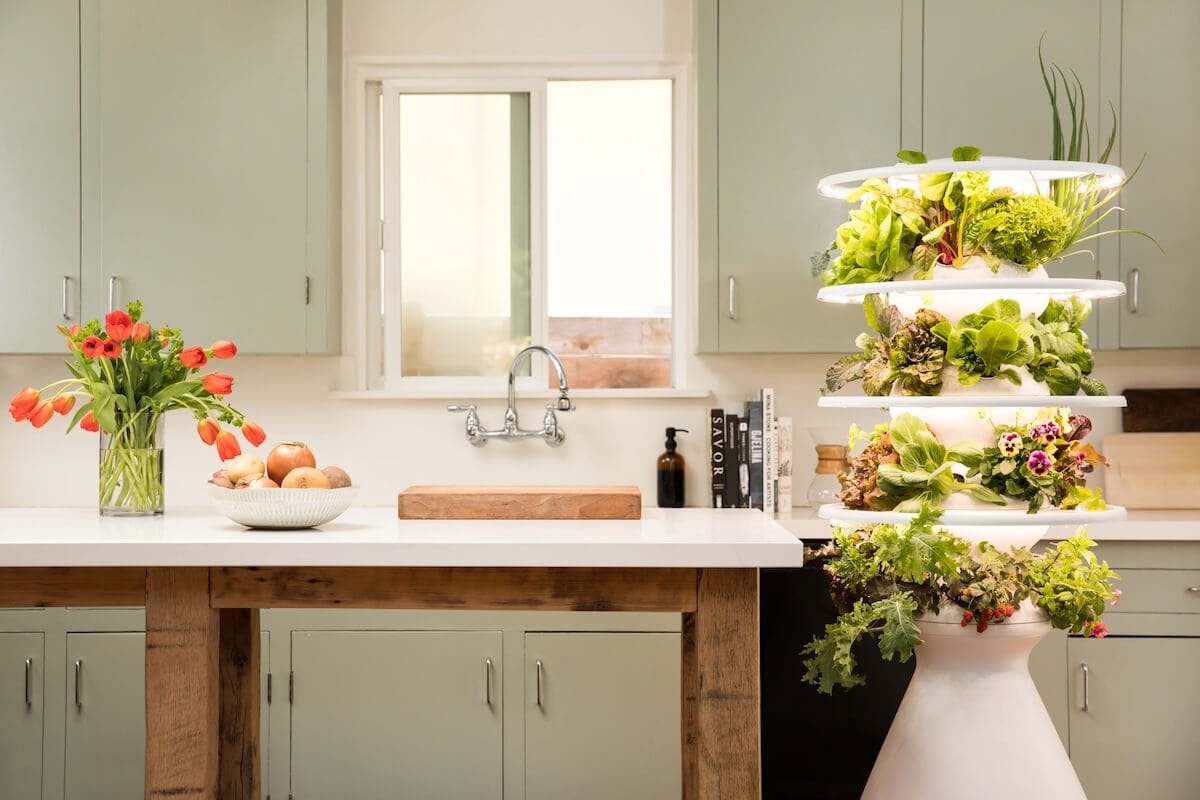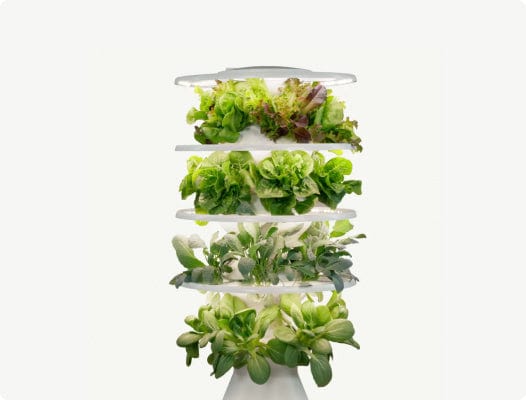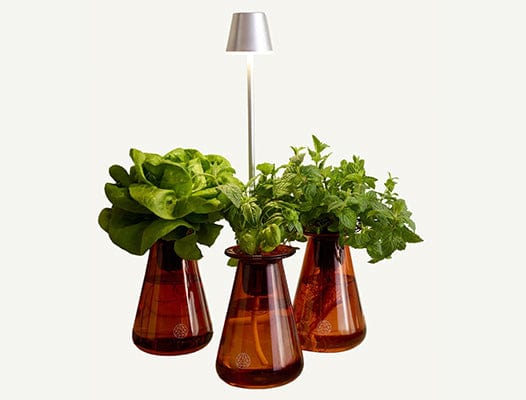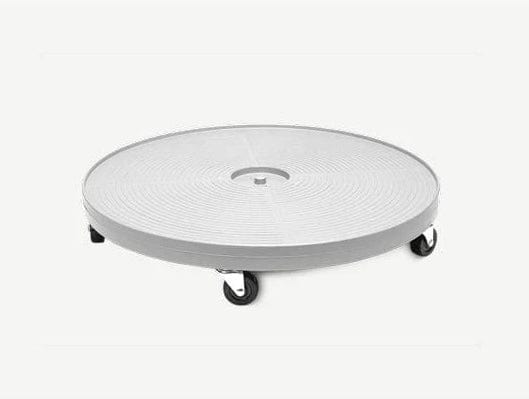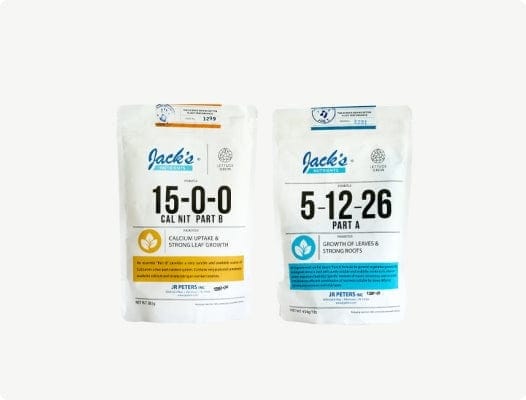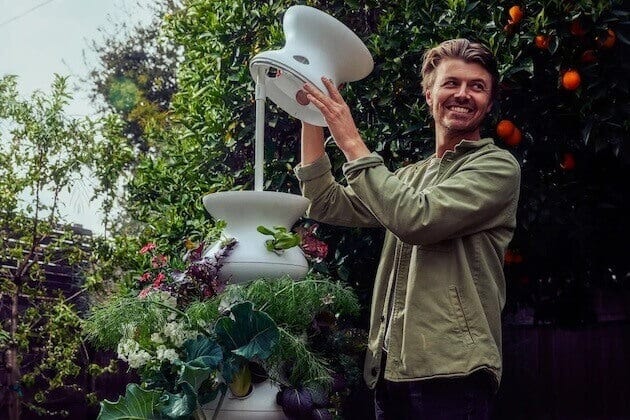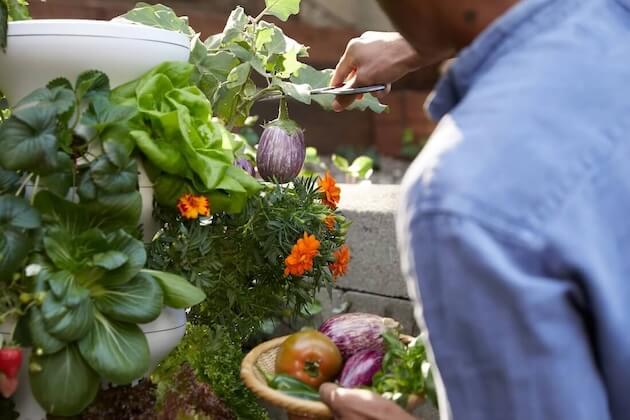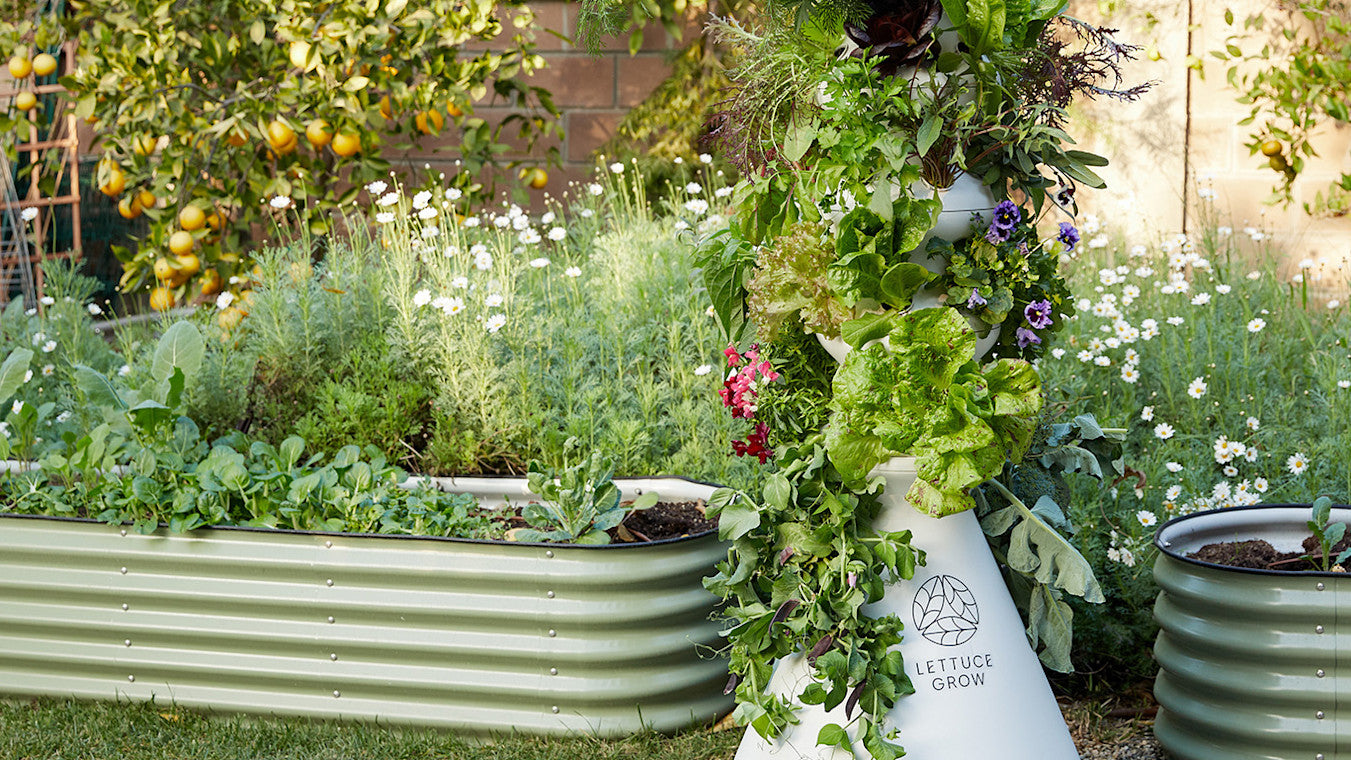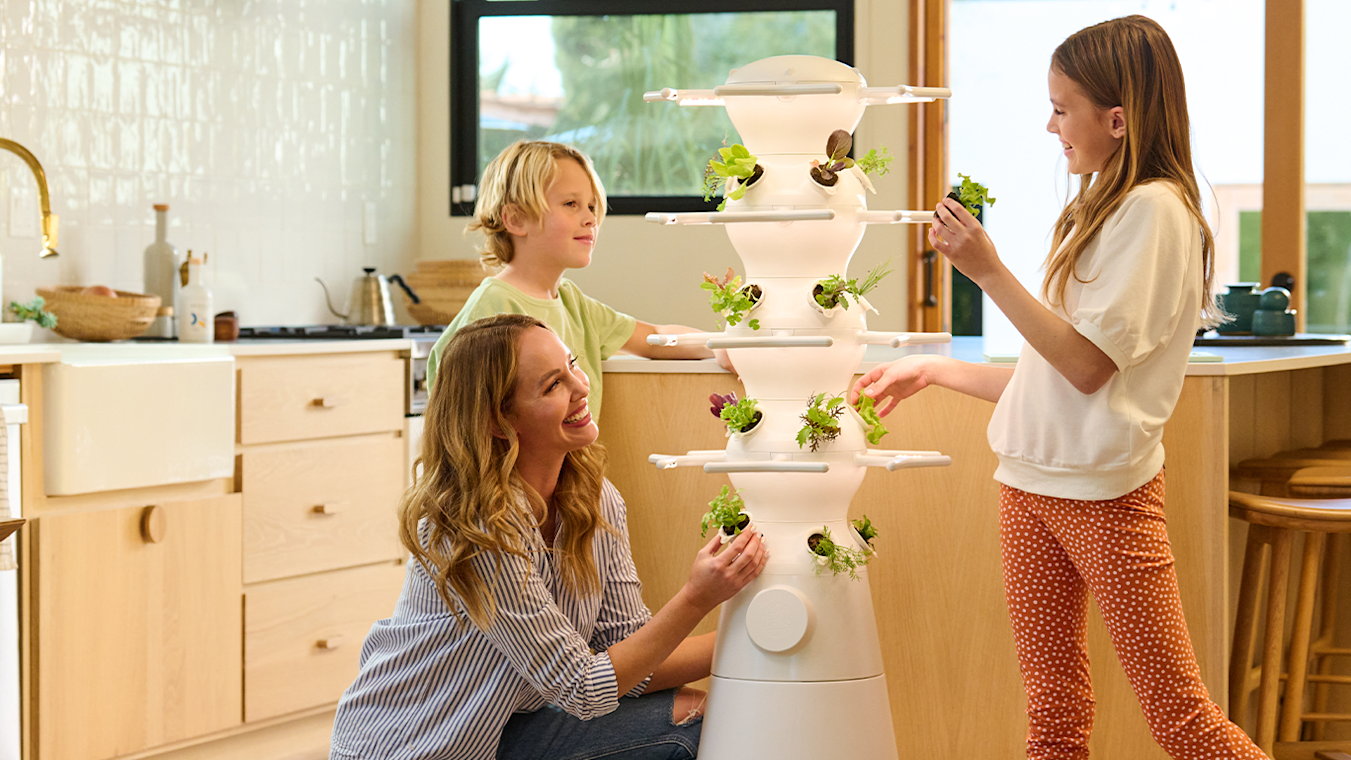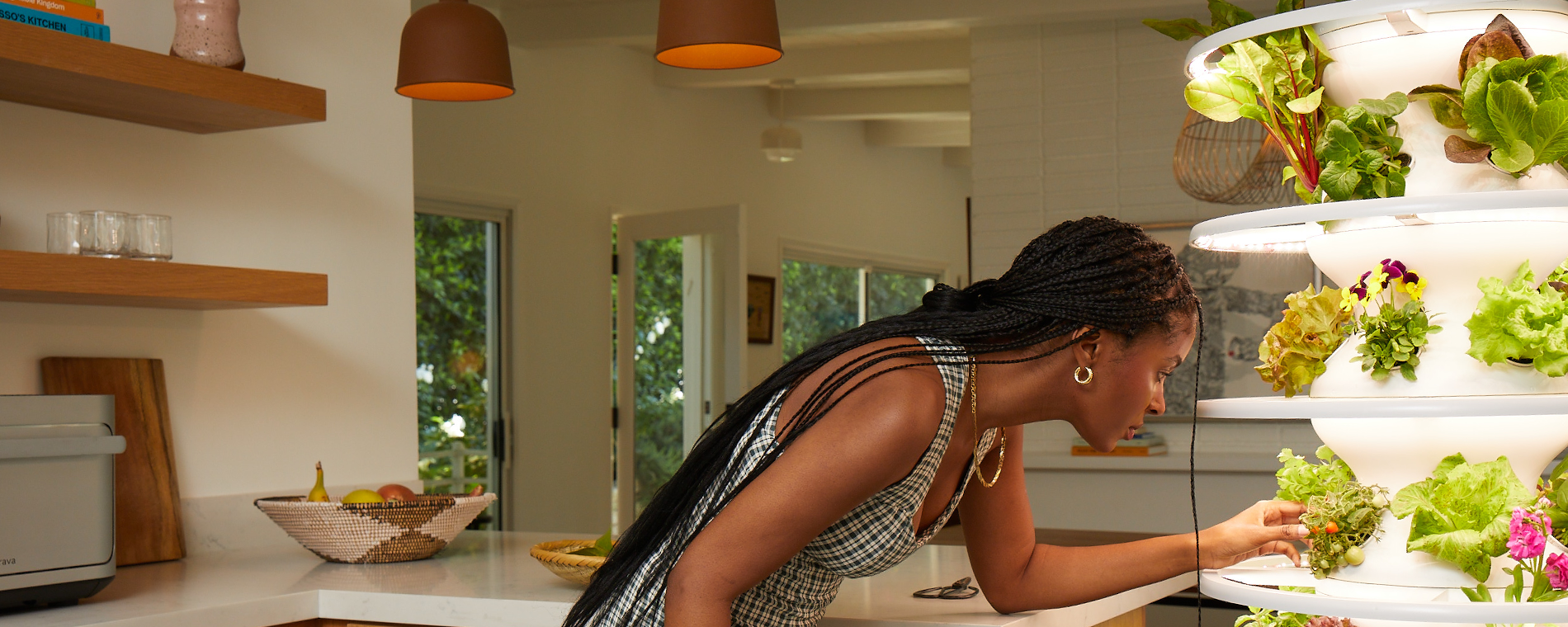
TABLE OF CONTENTS
I. What is Integrated Pest Management
II. Pest Prevention
III. Scouting for Pests
IV. Common Pests
V. How to spray
I. WHAT IS INTEGRATED PEST MANAGEMENT?
We’ve all heard about pests and what a nuisance they can be, but do we all know how common they are, what they look like, what damage they cause, and how to prevent and treat them when they show up to nibble on our plants?
Pests are a practically inevitable part of every grower’s journey, regardless of if you’re growing outdoors or indoors. We aren’t out to eradicate them - after all, planet Earth is their home too. But together, we can employ sound gardening practices that help limit the extent of their damage.
That’s where IPM comes in. Integrated Pest Management (IPM) is an effective and environmentally sensitive approach that focuses on the long-term control of pests and diseases through a combination of biological, cultural, physical, and chemical controls. IPM can be used in all environments, from fields and orchards to home gardens and indoor hydroponics.
This approach relies heavily on regular observations from a grower in order to stay ahead of significant pest populations.
II. PEST PREVENTION
Here are some fundamental good gardening practices that should also be implemented while growing with your Farmstand:
WEED
If you’re growing outdoors, you should pull any weeds that may pop up around your Farmstand. This will help eliminate a breeding area for aphids. Try to limit puddles as much as possible. Standing water often leads to algae growth, which can be a food source for pests.
AIR FLOW
If you’re growing indoors, make sure there is good circulation where the Farmstand lives. Open windows are great, but we strongly recommend adding a fan to help increase air flow. This can help strengthen plants, which can help keep pest pressure low. Good air flow also helps to prevent things like tip burn.
RESETS
As always, we strongly recommend staying on top of your regular resets! Resetting your Farmstand means taking it apart, cleaning all the modules and, most importantly, changing out the water. Keeping your equipment in clean condition and growing with fresh water are vital for staying ahead of pest and disease pressure.
Our recommendations for our different Farmstands vary, so take a look at our Maintenance FAQs for more information on regular resets.
III. SCOUTING FOR PESTS
WHAT?
Scouting is the act of inspecting your plants for any potential pest or disease pressure.
WHY?
When found early when populations are low, pests are much easier to control. If you’re growing indoors, you’ll want to be especially alert, as natural predators are excluded from the sheltered environment.
HOW?
Carefully inspect the underside of leaves where pests often like to hide out since it’s cooler and out of direct sunlight. Pests also like to feed on new growth located at the center of the plant.
WHEN?
Scouting doesn’t require a major time commitment, so 2-3 times per week is a great start. You may want to scout more often depending on the age and size of your plants, as well as any existing pest pressure.
STAY ON TOP OF HARVESTING.
It can be tempting to let your plants get as big as they can, but you may be providing an optimal environment for pest populations to grow. When plants are oversized, their leaves can become thick, which provides more protection for pests and tends to foster a bitter taste upon harvesting. Plus, removing large lower leaves allows for more airflow around the Farmstand, which can encourage healthier growth of all plants.
IV. COMMON PESTS
For information on identification, signs of damage and how to treat the most common pests, visit Common Garden Pests and Natural Solutions.
V. HOW TO SPRAY
When it comes to spray applications, the label is the law. We strongly recommend reading and carefully following all directions on the label.
If growing outside, we suggest spraying plants in the late afternoon or early evening to avoid any leaf burn from direct sunlight. That said, avoid spraying late at night so that your plants aren't wet overnight, which can invite fungal disease.
Growing indoors? We recommend turning off your lights and leaving them off until any sprayed solution has completely dried. Wet leaf tissue can easily burn when exposed to high light levels. If you are growing near a window, apply pest sprays in the late afternoon or early evening.
When spraying, it’s important to get as even of an application as possible. Be aware that most pesticides require direct contact with target pests, so make sure you hit the underside of the leaves as well.
